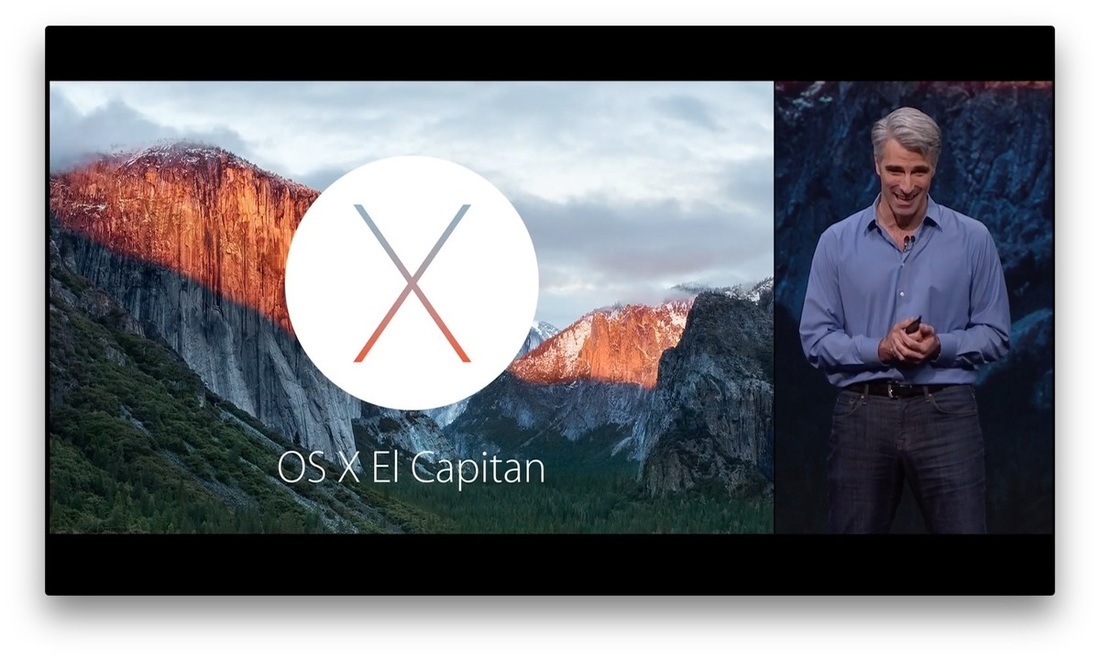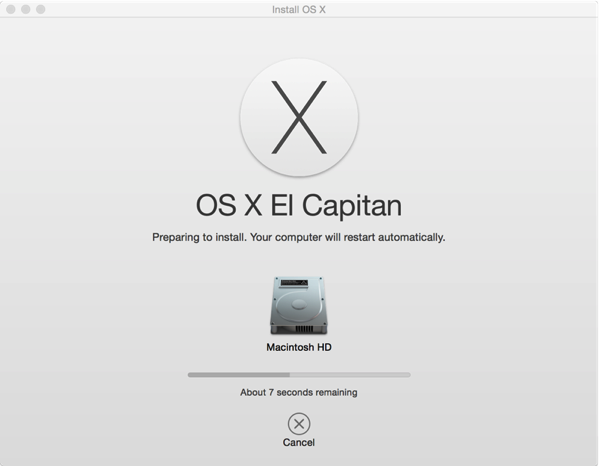


Restart your Mac, then immediately press and hold Command + Option + R until the spinning globe appears. If your Intel Mac is manufactured from late 2011 onwards and runs Mac OS X 10.7 Lion or later, you can utilize Internet Recovery without extra software.

To drive your Mac to search for an updated reinstall certificate online, you need to switch to Internet Recovery, which starts with a built-in ROM that allows your Mac to connect to the internet and download recoveryOS and bootstrap reinstalling OS X. That's likely because your laptop's certificate for Mac OS X reinstalls has expired. Suppose you can't reinstall macOS with Command + R, which starts your Mac from the built-in macOS Recovery System. Step 1: Restart in Internet Recovery Mode. Reinstall OS X from a bootable installer.Check your startup disk's SMART status with Disk Utility.If you’d rather install Yosemite on the SSD then follow the How to Install Yosemite on a New SSD guide. Here’s link to a video on how to physically install the SSD as well as run the software installation. Follow the prompts until El Capitan is installed.Choose to Install OS X on the formatted SSD.Once complete, exit from Disk Utility and return the main menu.When the menu finally turns up, choose Disk Utility and format the SSD as Mac OS Extended (Journaled) with a unique name.Insert the El Capitan USB stick into the target laptop and power up.Physically install SSD into the target laptop.Change this to match the name of your USB stick. Where MyVolume is the name of your USB stick. Sudo /Applications/Install\ OS\ X\ El\ Capitan.app/Contents/Resources/createinstallmedia -volume /Volumes/MyVolume -applicationpath /Applications/Install\ OS\ X\ El\ Capitan.app Create a bootable image from the El Capitan installer on a USB stick larger than 6GB.It will be downloaded to /Applications and be named Install OS X El Capitan.app It might complain that you already have it installed but download it anyway. Download El Capitan installation from the App store.


 0 kommentar(er)
0 kommentar(er)
